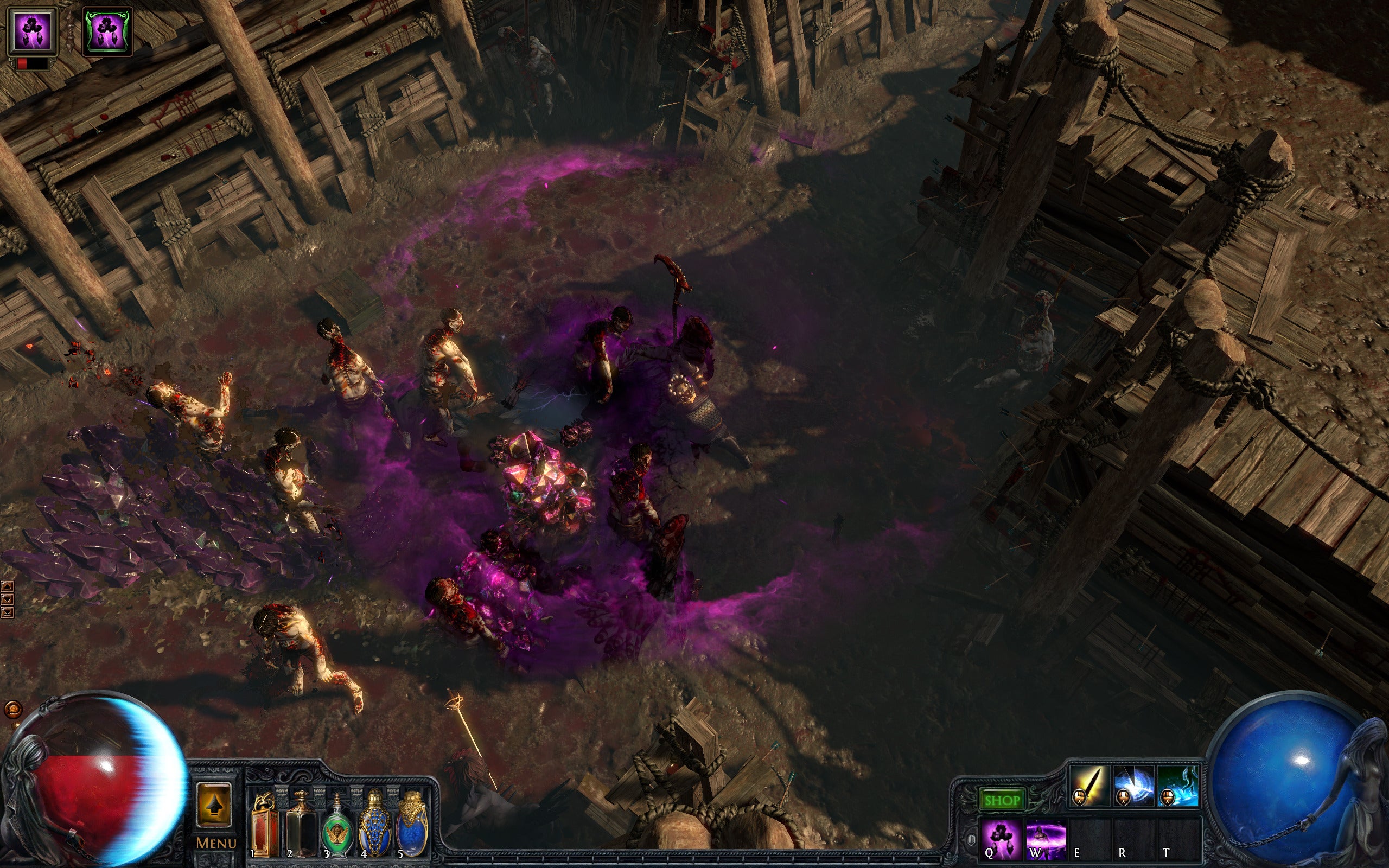

I have the big problem with the dll message. Click the one you wish to play in andĭiablo II will switch to that resolution. This will bring up a new panel that will list your available resolutions. To do so, just go to the Video Options menu and select the Resolution menu item. Diablo II will start in its normal resolution, however when playing a game you will be able to switch to a new, higher resolution. You may use any of the normal command line options available when playing Diablo II, such as "-w" for windowed or "-direct -txt" for mods. You shouldn't notice any major drawbacks for using DirectDraw over Direct3D, so for most users this probably won't be a problem. To switch to DirectDraw, run D2VidTst.exe (found in your Diablo II directory) and choose the DirectDraw option. If you're using Direct3D you'll be able to run Diablo II, but expect to see some funky graphic glitches while playing the game. If you are using Glide you'll almost certainly crash. At the moment, D2MultiRes only supports the GDI (windowed mode) and DirectDraw graphics plugins. You do not need to copy over or replace any of your files, and none of your files will be changed. To install, simply copy D2MultiResGame.exe, D2MultiRes.dll and D2MultiRes.mpq to your Diablo II directory. Go to Options and toggle off fullscreen so that next time it will also open in windowed mode without the need to use the command prompt.The downloaded "patch" should consist of 4 files:

This should start ScummVM in windowed mode. Method 3: Start ScummVM from the command promptĭrag and drop the ScummVM application on the command prompt.ĭelete the space at the end and append " /Contents/MacOS/scummvm -no-fullscreen" (without the quotes)Īt this points the command line should be similar to (the path may be different): /Applications/ScummVM.app/Contents/MacOS/scummvm -no-fullscreen With these first two methods, if you found the preferences file, look for fullscreen in it and set it to false. If the file exists this should open it in a text editor. Type " open ~/Library/Preferences/ScummVM\ Preferences" (without the quotes) Open the Terminal application (it should be in Applications > Utilities on your disk). Method 2: Open the Preferences file in a text editor from the command prompt This will open a Finder window in which you can look for a file named " ScummVM Preferences" (without the quotes).

Type " ~/Library/Preferences" (without the quotes) and press Go Method 1: Open the hidden Preferences directory and look for the ScummVM Preferences file


 0 kommentar(er)
0 kommentar(er)
